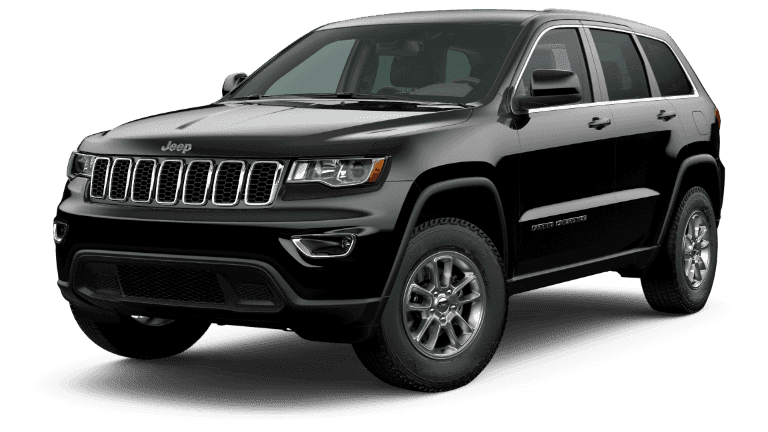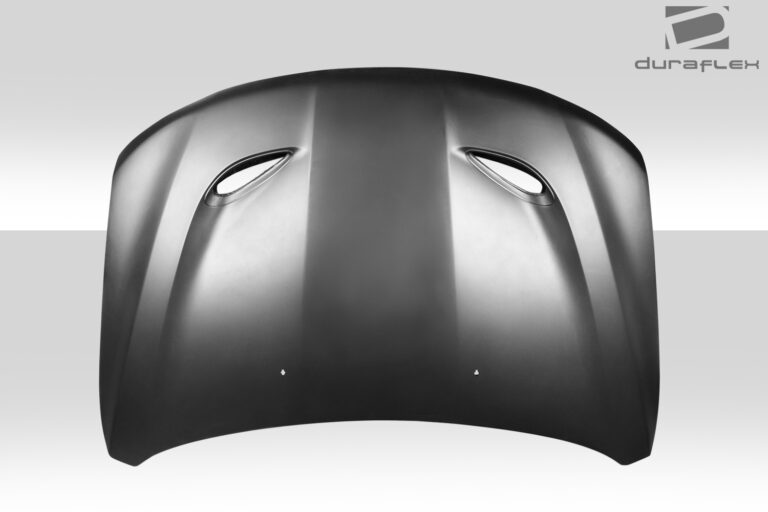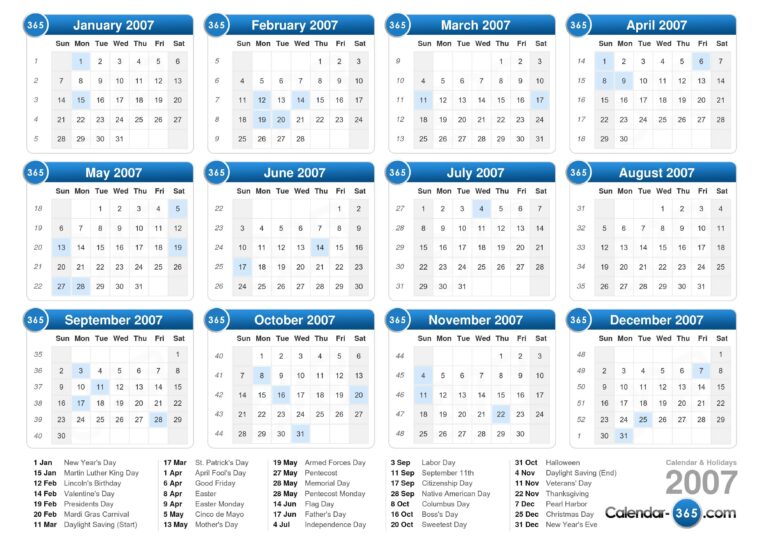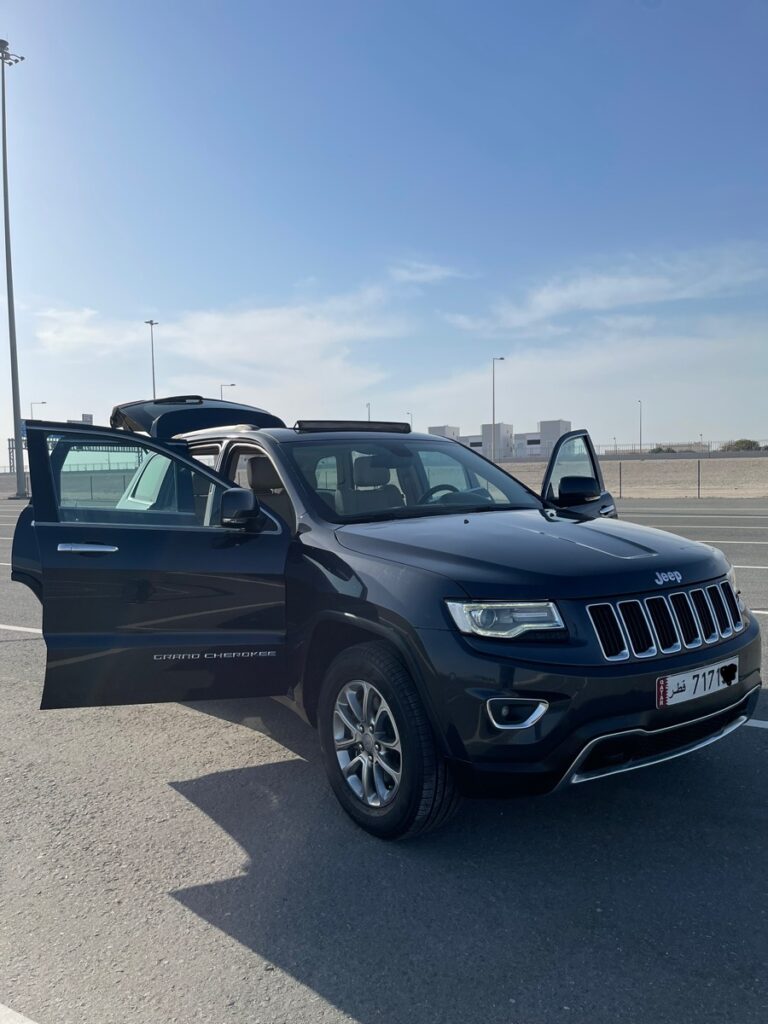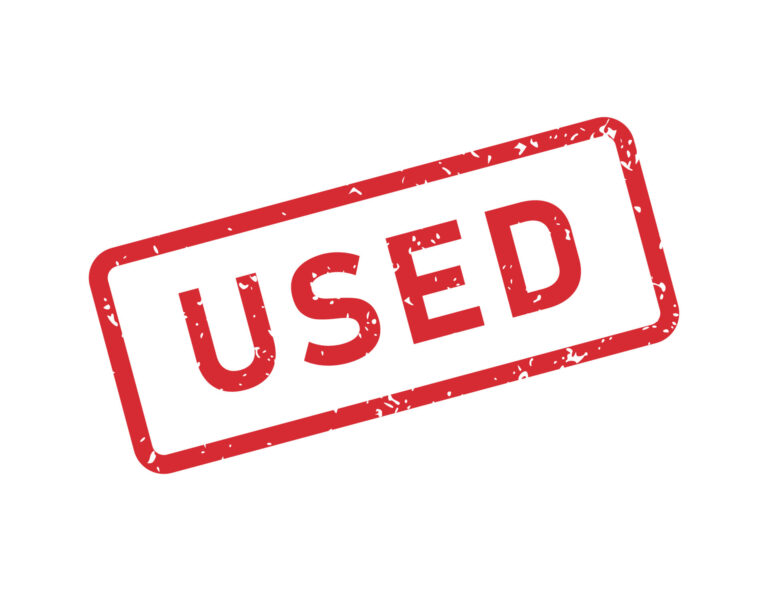How Much Is Jeep Grand Cherokee Lease? Your Comprehensive Guide
How Much Is Jeep Grand Cherokee Lease? Your Comprehensive Guide jeeps.truckstrend.com
The Jeep Grand Cherokee has long been a beloved icon in the SUV segment, renowned for its blend of rugged capability, luxurious comfort, and sophisticated design. For many, driving a new Grand Cherokee is an aspiration, but purchasing outright might not align with their financial goals or lifestyle. This is where leasing enters the picture, offering an attractive alternative that provides access to a brand-new vehicle with potentially lower monthly payments.
Understanding "How Much Is Jeep Grand Cherokee Lease" goes beyond a simple number; it involves a nuanced breakdown of various financial components, market factors, and personal choices. This comprehensive guide aims to demystify the leasing process, equipping you with the knowledge to make an informed decision about securing your next Jeep Grand Cherokee. We’ll explore what influences the cost, typical payment ranges, the leasing process, and crucial considerations to ensure you get the best possible deal.
How Much Is Jeep Grand Cherokee Lease? Your Comprehensive Guide
Understanding the Basics of Leasing a Jeep Grand Cherokee
Before diving into the numbers, it’s essential to grasp the fundamental concepts of leasing. Unlike buying, where you finance the entire purchase price of the vehicle and eventually own it, leasing means you are essentially paying for the depreciation of the vehicle over a set period, plus interest and fees.
Key Lease Terminology:
- Capitalized Cost (Cap Cost): This is effectively the selling price of the vehicle that the lease is based on. Negotiating a lower cap cost is crucial for a better lease deal.
- Residual Value: This is the projected value of the vehicle at the end of the lease term. It’s determined by the leasing company and is expressed as a percentage of the MSRP. A higher residual value means less depreciation to pay for, resulting in lower monthly payments.
- Money Factor (Lease Factor): This is the equivalent of an interest rate in a lease. It’s usually expressed as a very small decimal (e.g., 0.00200). To convert it to an annual percentage rate (APR), multiply by 2400 (0.00200 x 2400 = 4.8% APR). A lower money factor is always better.
- Lease Term: The duration of your lease agreement, typically 24, 36, or 48 months. Shorter terms usually have higher monthly payments but lower total depreciation paid.
- Mileage Allowance: The maximum number of miles you are permitted to drive annually without incurring extra charges (e.g., 10,000, 12,000, or 15,000 miles per year). Exceeding this limit results in per-mile penalties (e.g., $0.20-$0.25 per mile).
- Due at Signing: The total amount you pay upfront when you sign the lease agreement. This often includes the first month’s payment, acquisition fee, documentation fees, taxes, and any down payment.
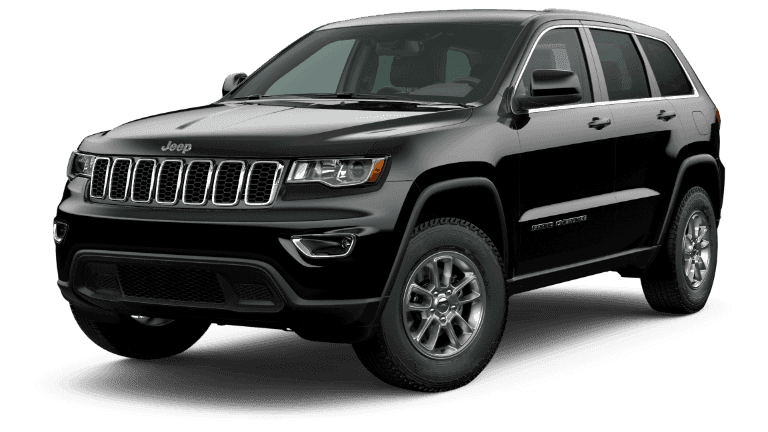
How Lease Payments Are Calculated (Simplified):
Your monthly payment is primarily calculated based on the difference between the capitalized cost and the residual value (the depreciation) divided by the lease term, plus a finance charge derived from the money factor applied to the sum of the capitalized cost and residual value. Additional fees and taxes are then factored in.

Factors Influencing Your Jeep Grand Cherokee Lease Payment
The exact cost of leasing a Jeep Grand Cherokee can vary significantly based on a multitude of factors. Understanding these variables empowers you to tailor a lease that fits your budget and needs.
- Trim Level and Features: The Grand Cherokee offers a wide range of trims, from the entry-level Laredo to the luxurious Summit Reserve and the efficient 4xe plug-in hybrid. Each step up in trim level and added optional features (e.g., premium audio, advanced safety packages, panoramic sunroof) increases the Manufacturer’s Suggested Retail Price (MSRP), directly impacting your capitalized cost and, consequently, your monthly payment.
- MSRP/Negotiated Capitalized Cost: While MSRP is the starting point, the actual capitalized cost can be negotiated. A lower negotiated price on the vehicle translates directly to a lower lease payment. Treat the lease negotiation like a purchase negotiation on the vehicle’s price.
- Residual Value: This is largely determined by the leasing company and is influenced by the vehicle’s historical depreciation, expected future demand, and current market conditions. Jeeps, especially the Grand Cherokee, tend to hold their value relatively well, which can lead to favorable residual values and lower lease payments.
- Money Factor (Interest Rate): Your credit score is the primary determinant of the money factor you’ll receive. Borrowers with excellent credit (typically FICO score 700+) will qualify for the lowest money factors, significantly reducing their monthly costs. A poor credit score will result in a higher money factor, making the lease more expensive or even making you ineligible.
- Lease Term: Shorter lease terms (e.g., 24 or 36 months) generally result in higher monthly payments because you’re depreciating a larger portion of the vehicle’s value over a shorter period. Longer terms (e.g., 48 months) might offer lower monthly payments but mean you’re paying for more total depreciation and potentially a higher money factor over the longer period.
- Mileage Allowance: The standard mileage allowances are 10,000, 12,000, or 15,000 miles per year. Opting for a higher mileage allowance will increase your monthly payment, as the vehicle is expected to depreciate more. Be realistic about your driving habits to avoid costly over-mileage penalties at the end of the lease.
- Down Payment/Due at Signing: A larger down payment (or "capital cost reduction") will reduce your monthly payment. However, it’s crucial to understand that if the vehicle is totaled early in the lease, you may lose that upfront money. Many financial advisors recommend putting down as little as possible on a lease, often just the "due at signing" fees (first month’s payment, acquisition fee, taxes, etc.).
- Sales Tax and Fees: Sales tax on leases varies by state. Some states tax the entire vehicle price upfront, while others tax only the monthly payment. There are also acquisition fees (charged by the leasing company for setting up the lease), documentation fees (dealer’s administrative costs), and license/registration fees.
- Special Offers and Incentives: Manufacturers often run special lease promotions, which can include reduced money factors, higher residual values, or lease cash (rebates applied to the capitalized cost). These incentives can dramatically lower your monthly payment. Always ask about current promotions.

Typical Jeep Grand Cherokee Lease Costs: An Estimated Breakdown
It’s important to preface this by saying that lease prices are highly dynamic, fluctuating based on current incentives, market demand, geographical location, and individual creditworthiness. The figures below are estimates for a well-qualified lessee with excellent credit, assuming typical lease terms.
Estimated Jeep Grand Cherokee Lease Price Table (Hypothetical Estimates for 36-Month Lease, 10,000 Miles/Year)
| Trim Level | Estimated MSRP Range | Estimated Monthly Payment ($0 Down) | Estimated Due at Signing (incl. 1st mo., fees, tax) | Estimated Monthly Payment ($2,000 Down) |
|---|---|---|---|---|
| Laredo A | $40,000 – $45,000 | $450 – $550 | $3,000 – $4,000 | $390 – $490 |
| Limited | $48,000 – $55,000 | $550 – $650 | $3,500 – $4,500 | $490 – $590 |
| Overland | $60,000 – $68,000 | $650 – $780 | $4,000 – $5,500 | $590 – $720 |
| Summit | $68,000 – $75,000 | $750 – $880 | $4,500 – $6,000 | $690 – $820 |
| Grand Cherokee 4xe | $60,000 – $78,000 | $680 – $900 | $4,000 – $6,500 | $620 – $840 |
Note: These are illustrative estimates. Actual lease payments are subject to change based on current manufacturer incentives, dealer pricing, regional taxes, specific vehicle configuration, and individual credit score.
"Due at Signing" Breakdown (Example):
If your estimated "Due at Signing" is $3,500, it might consist of:
- First Month’s Payment: $550
- Acquisition Fee: $595 – $995 (varies by lender)
- Documentation Fee: $100 – $800 (varies by state/dealer)
- License & Registration: $100 – $500 (varies by state)
- Sales Tax (on upfront fees/down payment, if applicable): Varies
- Optional Down Payment/Cap Cost Reduction: The remainder to reach the total due.
The Leasing Process: A Step-by-Step Guide
Securing a Jeep Grand Cherokee lease involves a few key steps:
- Research Models and Trims: Decide which Grand Cherokee trim and features best suit your needs and budget.
- Determine Your Budget: Figure out what you can comfortably afford for a monthly payment and upfront costs.
- Check Your Credit Score: Get a recent copy of your credit report and score. A higher score will unlock the best lease rates.
- Gather Quotes from Multiple Dealers: Contact several Jeep dealerships in your area. Ask for a detailed lease quote, including the MSRP, capitalized cost, residual value, money factor, lease term, mileage allowance, and all "due at signing" fees.
- Negotiate Key Terms: Don’t just focus on the monthly payment. Negotiate the capitalized cost (vehicle price), and ask if the money factor is buy rate (the lowest rate the lender offers) or if it has been marked up.
- Read the Lease Agreement Carefully: Before signing, thoroughly review every clause. Pay close attention to mileage limits, wear and tear guidelines, early termination penalties, and end-of-lease options.
- Understand End-of-Lease Options: Know your choices: return the vehicle, purchase it, or lease a new one.
Benefits and Challenges of Leasing a Grand Cherokee
Leasing offers distinct advantages but also comes with certain limitations.
Benefits:
- Lower Monthly Payments: Compared to financing a purchase, lease payments are typically lower because you’re only paying for the depreciation, not the full purchase price.
- Drive a New Vehicle More Often: Lease terms are usually 2-4 years, allowing you to upgrade to the latest model with new technology and safety features frequently.
- Warranty Coverage: Your Grand Cherokee will almost always be under the manufacturer’s warranty during the entire lease term, minimizing unexpected repair costs.
- Less Hassle with Selling: At the end of the lease, you simply return the vehicle to the dealership (assuming it meets wear and tear guidelines), avoiding the complexities of selling a used car.
- Potential Tax Advantages: For business owners, lease payments may be tax-deductible.
Challenges:
- Mileage Limits: Exceeding your contracted mileage allowance can result in significant per-mile penalties.
- Wear and Tear Charges: While normal wear and tear is acceptable, excessive damage (dents, scratches, damaged upholstery, non-matching tires) can lead to additional charges at lease end.
- No Equity: You don’t build equity in the vehicle, as you never own it.
- Early Termination Fees: Getting out of a lease early can be very expensive, often requiring you to pay the remaining payments and additional penalties.
- Higher Overall Cost (Potentially): If you continuously lease new vehicles, the total amount spent over many years might exceed the cost of buying and keeping a vehicle for a longer period.
Tips for Getting the Best Jeep Grand Cherokee Lease Deal
To ensure you secure a favorable lease agreement:
- Negotiate the Capitalized Cost: This is the most impactful negotiation point. Aim for a price close to the dealer’s invoice or below MSRP, just as if you were buying the car.
- Improve Your Credit Score: A higher credit score (700+) can significantly lower your money factor, saving you hundreds or even thousands over the lease term.
- Shop Around Aggressively: Get quotes from at least three different dealerships. Pit them against each other to drive down the price.
- Look for Factory Incentives: Check Jeep’s official website and local dealer sites for special lease offers, rebates, or reduced money factors.
- Be Realistic About Mileage: Choose a mileage allowance that accurately reflects your driving habits to avoid costly overage fees.
- Avoid Unnecessary Add-ons: Decline extended warranties, paint protection, or other costly extras that may inflate your capitalized cost.
- Understand the Residual Value: While often non-negotiable, knowing a strong residual value can indicate a potentially good lease deal.
Frequently Asked Questions (FAQ)
Q1: Is a down payment required for a Jeep Grand Cherokee lease?
A1: Not necessarily. You can often do a "sign and drive" lease with $0 down, though your monthly payments will be higher. You will still have to pay the "due at signing" fees, which include the first month’s payment, acquisition fee, documentation fee, and taxes.
Q2: What happens at the end of a Jeep Grand Cherokee lease?
A2: You typically have three options:
- Return the vehicle: You simply return the car to the dealership. You’ll be responsible for any excess mileage or wear and tear charges, and a disposition fee.
- Purchase the vehicle: You can buy the car for the residual value stated in your lease agreement.
- Lease a new vehicle: You can trade in your current lease for a new one, often with loyalty incentives.
Q3: Can I negotiate a lease price for a Grand Cherokee?
A3: Absolutely. While the money factor and residual value are largely set by the leasing company (though you can negotiate the money factor if it’s marked up), you can and should negotiate the capitalized cost (the selling price of the vehicle). This is where the biggest savings can be found.
Q4: What are excess wear and tear charges on a leased Grand Cherokee?
A4: These are fees charged for damage beyond what is considered "normal wear and tear" at the end of the lease. This includes significant dents, scratches, cracked glass, damaged wheels, torn upholstery, or non-matching tires. Always inspect your vehicle before returning it and consider fixing minor issues beforehand.
Q5: Can I buy out my Jeep Grand Cherokee lease early?
A5: Yes, most lease agreements allow for an early buyout. However, it’s often very expensive, as you’ll typically be responsible for the remaining payments, the residual value, and potentially an early termination fee. Always check your lease agreement for the specific terms.
Q6: Is leasing a Grand Cherokee cheaper than buying?
A6: Monthly payments are almost always lower for a lease than for a purchase of the same vehicle. However, in the long run, if you plan to keep a vehicle for many years, buying and paying it off will likely be more cost-effective as you build equity and eventually have no car payments. Leasing is ideal if you prefer driving a new car every few years and want lower upfront and monthly costs.
Conclusion
Determining "How Much Is Jeep Grand Cherokee Lease" involves a detailed analysis of multiple variables, from the trim level and your credit score to the lease term and current market incentives. While typical monthly payments for a Grand Cherokee can range from the mid-$400s to over $900, depending on the model and terms, the key to securing a good deal lies in understanding these factors and negotiating effectively.
Leasing a Jeep Grand Cherokee offers an enticing way to enjoy a premium SUV with lower monthly payments and the flexibility to upgrade frequently. By educating yourself on the core components of a lease, comparing offers, and being a savvy negotiator, you can confidently drive away in your dream Grand Cherokee, knowing you’ve made a financially sound decision tailored to your lifestyle.

